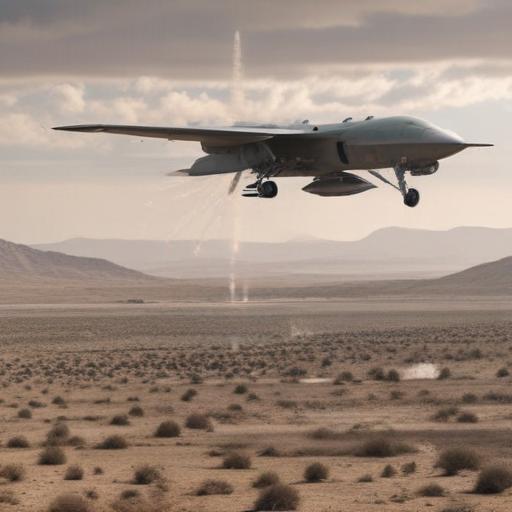Reports indicate that the air conflict between India and Pakistan has escalated into one of the most intense aerial engagements seen in decades. Accounts suggest that recent confrontations have involved upwards of 125 aircraft, with both sides exchanging air-to-air missiles (AAMs) across their respective airspaces. The aerial clashes feature advanced technologies and missile systems, notably the Chinese-made PL-15 missile, which has reportedly seen action in these engagements, with wreckage found in multiple locations.
Pakistan’s Prime Minister Shehbaz Sharif claims that the Pakistan Air Force has downed five Indian jets, including allegations of destroying three Rafale multirole fighters. However, official confirmation from India has not been forthcoming, though a high-ranking French intelligence source acknowledged one Rafale loss. The detailed examination of aerial images suggests that some of the reported shootdowns may have credible visual evidence corroborating them.
Adding complexity to the situation, Pakistan has stated it successfully neutralized a number of Indian drones, specifically targeting Israeli-made Harop loitering munitions and claiming to have shot down multiple ones near key urban centers.
The variety of AAMs deployed by both nations plays a critical role in the evolving air warfare paradigm. India’s arsenal includes the advanced ASRAAM, Astra, Derby, Meteor, MICA, and Python 5 missiles, which cater to different engagement strategies, from short-range dogfights to long-range engagements. Pakistan, on the other hand, primarily relies on Chinese missile technology alongside U.S.-made weapons, such as the AIM-120 AMRAAM and the AIM-9 Sidewinder.
While the confusion surrounding losses and victories is common in such high-stakes combat situations, experts caution against jumping to conclusions based on unverified claims circulating on social media. Neutral assessments highlight that loss of aircraft may also result from ground-based air defense systems and potential friendly fire incidents.
In terms of missile technology, both countries are heavily investing in diversifying their aerial capabilities, which is crucial for maintaining an edge. The emphasis is placed not just on the missiles, but the training, strategy, and ground support that complements them during engagements.
Numerous weapons on both sides are impressive on paper, yet the true effectiveness of these systems will depend on not only technological proficiency but also the strategic execution during warfare. As the situation develops, it remains essential for both nations to engage in dialogue to avoid an escalation that could have significant regional repercussions.
The hope is that through diplomatic efforts and de-escalation, the emphasis can shift from armed conflict to constructive negotiations, ultimately fostering a more stable and secure environment in South Asia.
